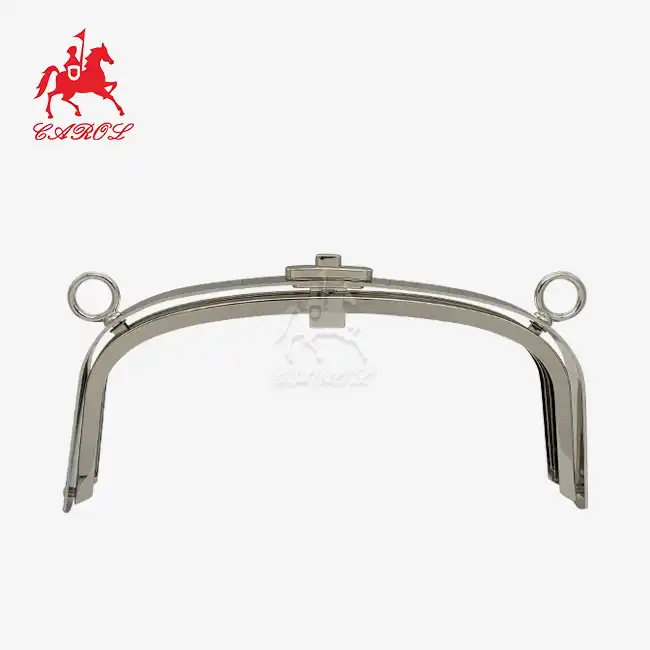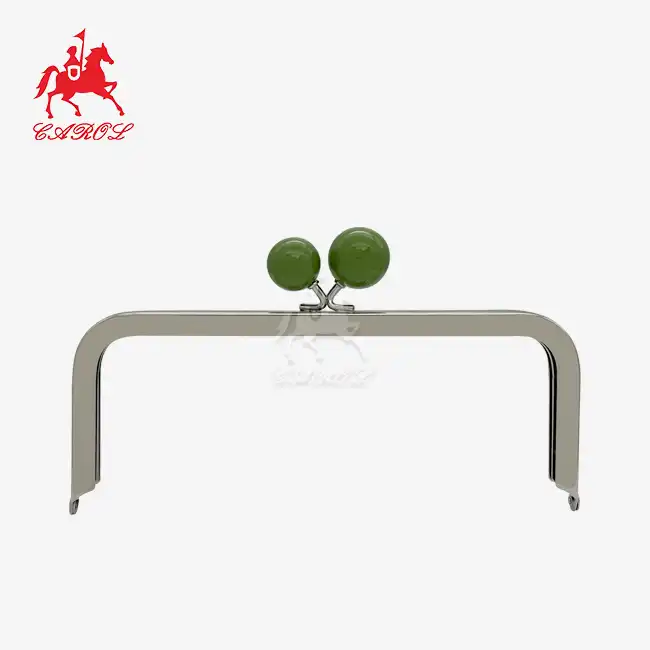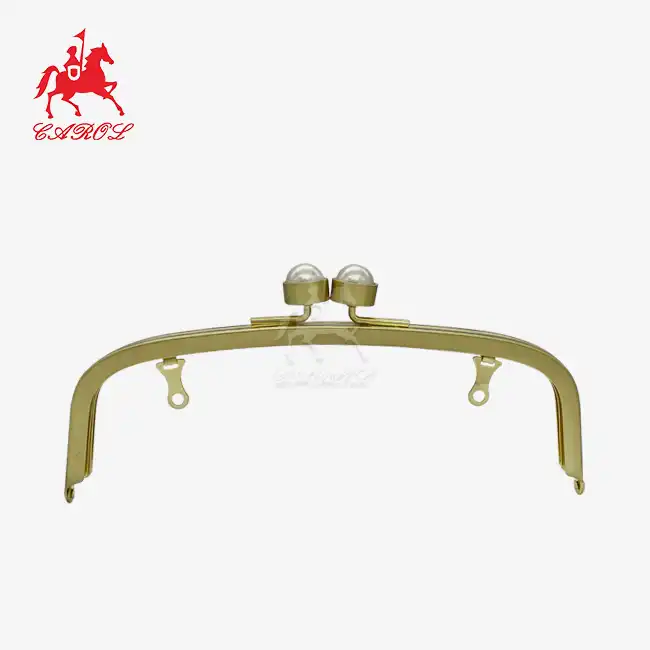Bag history internal metal frame
The humble metal bag frame has a rich history spanning over two centuries, evolving from practical travel necessities to versatile fashion accessories. Let's look at the captivating history of this vital component that has impacted the pack and satchel industry.
19th Century: Origins in Travel & Utility (1800s–1900s)
The early 19th century, when transportation made tremendous strides and social mobility increased, is when the metal bag frame first appeared. With the expansion of railway networks and the popularity of steamship travel, people began journeying farther and more frequently. This change led to a need for baggage that was both strong and able to shield possessions from the stresses of prolonged travel. The answer was metal frames, which offered the structural stability required for these new forms of conveyance.
Early metal bag frames were largely utilitarian, emphasizing strength and security over visual appeal. They were made of steel or iron and intended to strengthen standard travel accessories like gladstone and carpet bags. In addition to protecting contents from shock and vibration during travel, these stiff structures assisted bags in maintaining their form under strain. Functionality was the main consideration; thus, metal frames were necessary for dependable baggage while traveling long distances.
A variety of everyday carry items, including doctor's bags, schoolbook satchels, and market baskets, were augmented with them. These bags' hinged construction enabled them to lock firmly to safeguard valuables while opening completely for convenient access. Because of their adaptability, metal-framed backpacks have become essential equipment for both everyday convenience and professionals.
Towards the end of the 19th century, the Industrial Revolution facilitated the mass production of metal bag frames. More intricate and ornamental patterns were made possible by new production processes that used materials like nickel plating and brass. This evolution marked the beginning of the frame’s transition from a purely functional component to a stylish accessory. The visual variety of bags in the 20th century was made possible by these developments.
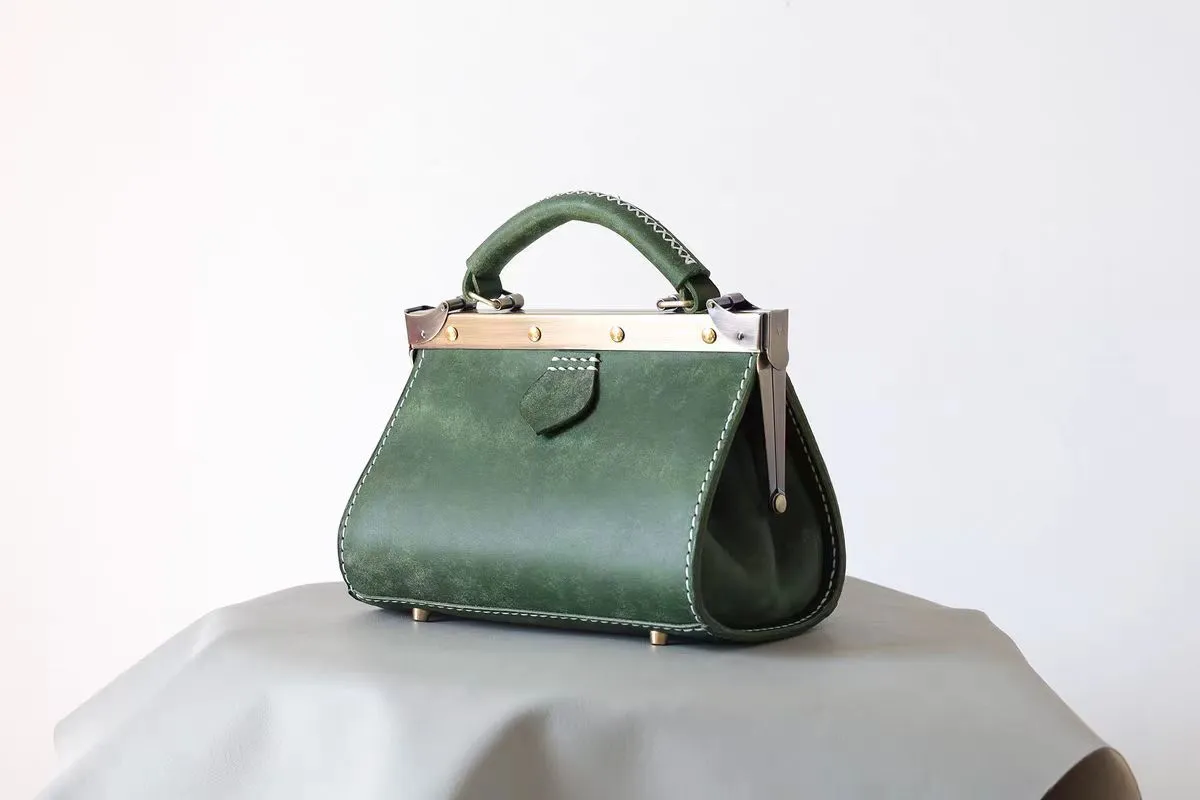
Mid-20th Century: Outdoor Recreation Boom (1950s–1970s)
Due in large part to the post-war economic boom and the growth of outdoor leisure, metal bag frames underwent a dramatic change in usage and design in the middle of the 20th century. As leisure time increased and people sought new adventures in nature, the demand for specialized outdoor gear grew exponentially.
During this period, metal bag frames found new life in camping equipment, hiking backpacks, and other outdoor gear. Aluminum gained popularity as a frame material because of its lightweight and strong qualities. This allowed for the creation of larger, more comfortable backpacks that could distribute weight more evenly across the user's body.
The famous external frame backpack, iconic of this era, relied heavily on metal frames to provide structure and support for heavy loads. Extended wilderness adventures were possible thanks to these frames, which made it possible for hikers and campers to carry heavy equipment over long distances in a somewhat comfortable manner.
Concurrently, the fashion world was not left behind. Metal frames were essential in shaping the designs of the structured handbags that made a comeback in the 1950s and 1960s. Metal outlines advertised both shape and work, empowering a tremendous cluster of shapes that spoken to the moving design patterns of the day, from advanced clutches to valuable day-to-day satchels.
Improvements in manufacturing methods during this time period also made it possible for metal bag frames to have more elaborate finishes and patterns.Gold and silver plating became more common, elevating the humble frame to a status symbol in high-end fashion accessories.
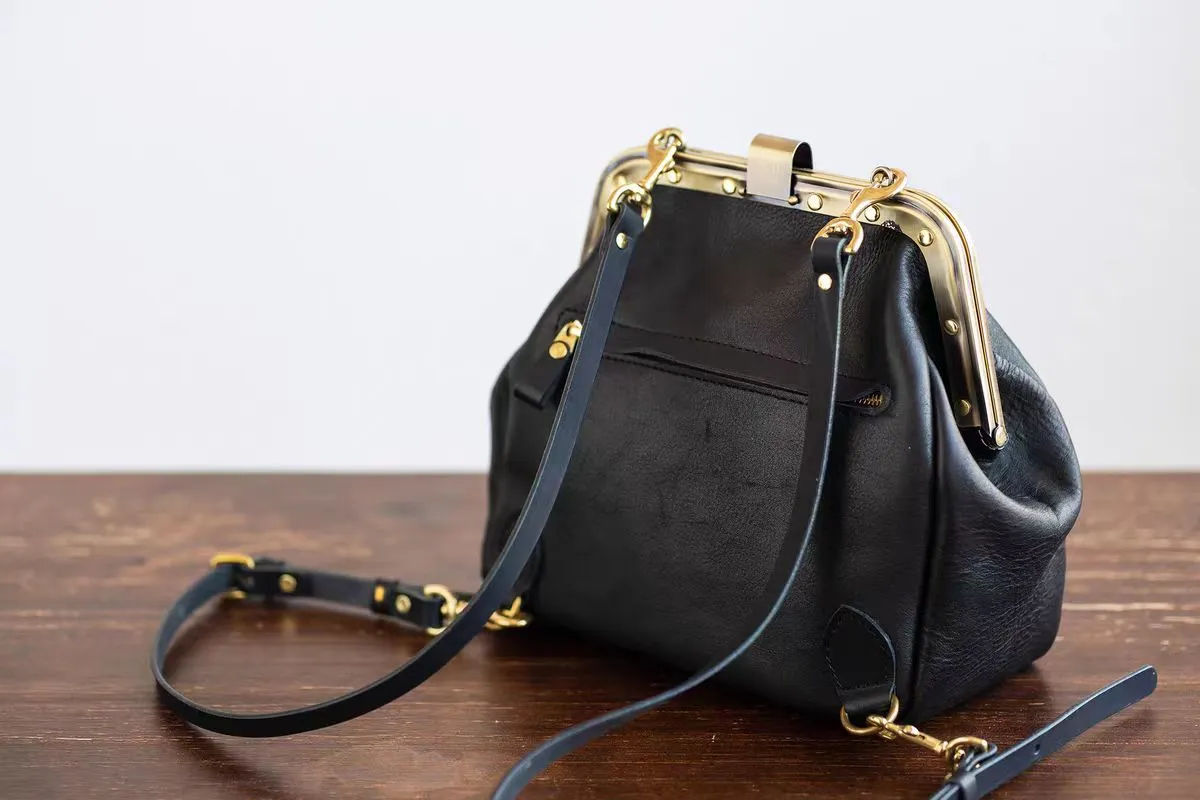
21st Century: Innovation & Diversification (2000s–Present)
As we entered the unused thousand years, the metal sack outline industry experienced a renaissance, driven by innovative headways, changing shopper inclinations, and a developing accentuation on maintainability and customization.
Modern metal bag frames are available in an astounding array of designs, sizes, and finishes to suit every possible application. Metal frames' range of applications is growing, from traditional handbag frames to cutting-edge backpack closures. Beyond conventional metals, materials have expanded to include alloys and even recycled materials to provide more environmentally friendly solutions.
The metal bag frame market has also been influenced by the growth of do-it-yourself culture and small-batch production. Thanks to the availability of high-quality frames, artisans and small-scale designers may now create distinctive, handmade bags that blend classic methods with contemporary design.
With the use of RFID-blocking materials and safe locking systems, metal frames have found new uses in high-tech bags' anti-theft designs. It is evident from this combination of modern technology and traditional workmanship that metal bag frames are still relevant in the digital era.
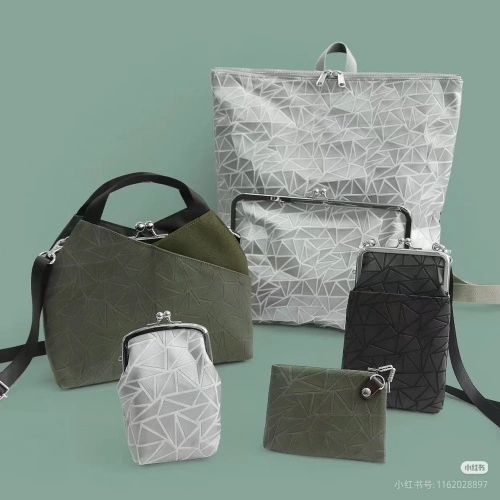
As a leading metal bag frame supplier, Carol has been at the forefront of these innovations. Products from our wide collection, such as the Big Bead Bag Purse Frame Clasp Hardware, perfectly capture the balance between design and usefulness that contemporary buyers want. Measuring 22cm x 8.8cm and finished in NF Light Gold, this versatile frame is suitable for various applications, from coin purses to larger handbags.
We stand apart in the business because of Carol's dedication to quality and personalization. Specializing in metal frames and hardware accessories for luggage, leather goods, and handbags, we are a professional manufacturer that brings years of product design, production, and sales expertise to every project. We can provide full services from design to packing, thanks to our in-house electroplating plant, guaranteeing quick delivery and constant quality.
Looking to elevate your bag designs with top-quality metal frames? Reach out to Carol today at tony@carolxiao.com. Whether you need standard sizes or custom solutions, our team is ready to bring your vision to life with our extensive range of colors, materials, and finishes. Let's collaborate to create bags that not only meet but exceed your customers' expectations.
References
1. Steele, V. (2010). The Berg Companion to Fashion. Berg Publishers.
2. Riello, G., & McNeil, P. (2016). Luxury: A Rich History. Oxford University Press.
3. Wilcox, C. (2017). Bags: Inside Out. V&A Publishing.
4. Foster, S. (2019). Outdoor Gear: Function & Fashion. Mountaineers Books.
5. Sims, J. (2020). The Evolution of Handbag Design. Thames & Hudson.
_1753256285958.png)

_1754990596544.webp)
